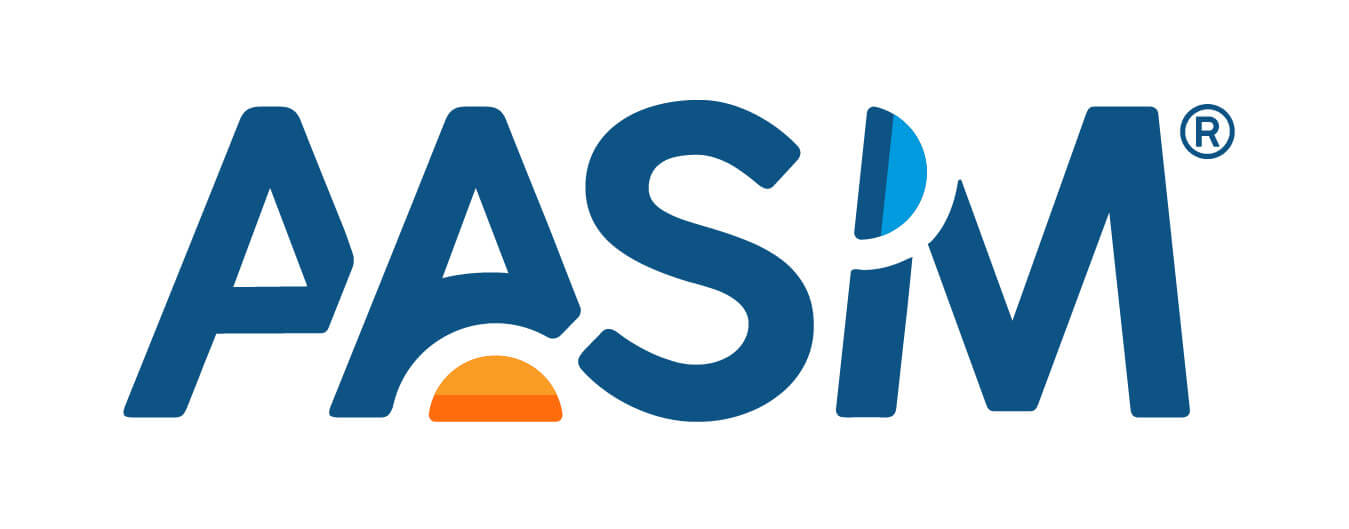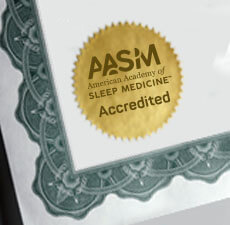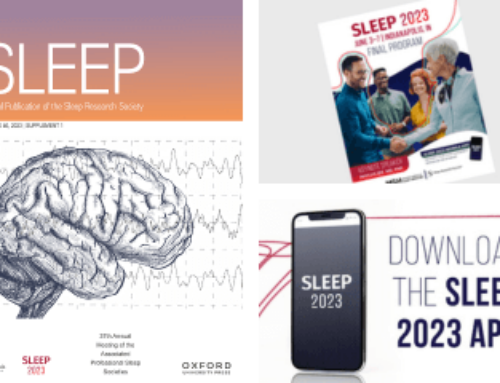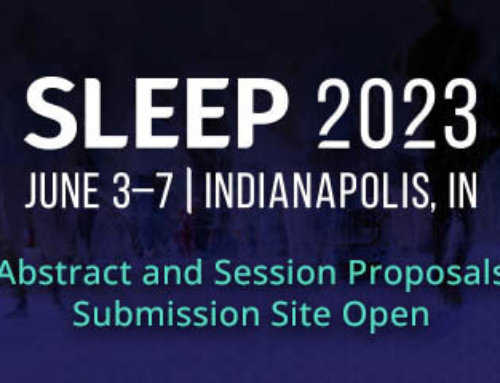WESTCHESTER, Ill. – A study published in the January 1 issue of the journal SLEEP finds that people with untreated obstructive sleep apnea (OSA) have altered cardiovascular responses during recovery from maximal exercise. These results suggest an imbalance in the autonomic control of heart rate during recovery, and may be an early clinical sign of the progression of OSA.
The study, authored by Trent A. Hargens, PhD, of Virginia Tech, focused on 44 individuals: 14 overweight with OSA (OSA), 16 overweight without OSA (No-OSA) and 14 normal weight without OSA (Control). All were between the ages of 18 and 26. The subjects performed maximal ramping exercise testing on a cycle ergometer with five minutes of active recovery. Exercise measurements included heart rate, blood pressure, respiratory exchange ratio and oxygen consumption.
According to the results, in OSA patients, heart rate recovery was significantly weakened compared to the No-OSA and control groups throughout recovery. No differences were noted in the heart rate or blood pressure response to exercise in any group.
“We believe our study is the first study to show blunted post-exercise heart rate recovery in young apparently healthy young men who have latent obstructive sleep apnea. Mechanistic studies by other investigators suggest that this response is a function of impaired vagal reactivation following vigorous exercise which is a marker specific to the autonomic dysfunction of sleep apnea,” said William G. Herbert, PhD, a co-author of the study. “Given these results were observed in young men, follow-up confirmation with large cohorts may support use of this marker for identifying men at early risk of sleep apnea and for monitoring therapy in those already being treated for this common but under-diagnosed disorder.”
OSA is a sleep-related breathing disorder that causes your body to stop breathing during sleep. OSA occurs when the tissue in the back of the throat collapses and blocks the airway. This keeps air from getting into the lungs. It is estimated that four percent of men and two percent of women have OSA, and millions more remain undiagnosed.
On average, most adults need seven to eight hours of sleep each night to feel alert and well-rested.
The American Academy of Sleep Medicine (AASM) offers the following tips on how to get a good night’s sleep:
- Follow a consistent bedtime routine.
- Establish a relaxing setting at bedtime.
- Get a full night’s sleep every night.
- Avoid foods or drinks that contain caffeine, as well as any medicine that has a stimulant, prior to bedtime.
- Do not go to bed hungry, but don’t eat a big meal before bedtime either.
- Avoid any rigorous exercise within six hours of your bedtime.
- Make your bedroom quiet, dark and a little bit cool.
- Get up at the same time every morning.
First introduced as a treatment option for sleep apnea in 1981, continuous positive airway pressure (CPAP) is the most common and effective treatment for OSA. CPAP provides a steady stream of pressurized air to patients through a mask that they wear during sleep. This airflow keeps the airway open, preventing the pauses in breathing that characterize sleep apnea and restoring normal oxygen levels.
CPAP Central (www.SleepEducation.com/CPAPCentral), a Web site created by the AASM, provides the public with comprehensive, accurate and reliable information about CPAP. CPAP Central includes expanded information about OSA and CPAP, including how OSA is diagnosed, the function of CPAP, the benefits of CPAP and an overview of what to expect when beginning CPAP, the position of experts on CPAP, and tools for success. CPAP Central also features an interactive slide set that educates the public about the warning signs of OSA.
Those who think they might have OSA, or another sleep disorder, are urged to consult with their primary care physician or a sleep specialist.
SLEEP is the official journal of the Associated Professional Sleep Societies, LLC, a joint venture of the AASM and the Sleep Research Society.
More information about OSA is available from the AASM at https://www.SleepEducation.com/Disorder.aspx?id=7.
SleepEducation.com, a patient education Web site created by the AASM, provides information about various sleep disorders, the forms of treatment available, recent news on the topic of sleep, sleep studies that have been conducted and a listing of sleep facilities.
For a copy of this article, entitled, “Attenuated Heart Rate Recovery Following Exercise Testing in Overweight Young Men with Untreated Obstructive Sleep Apnea,” or to arrange an interview with an AASM spokesperson regarding this study, please contact Jim Arcuri, public relations coordinator, at (708) 492-0930, ext. 9317, or jarcuri@aasm.org.
# # #








